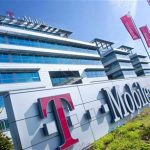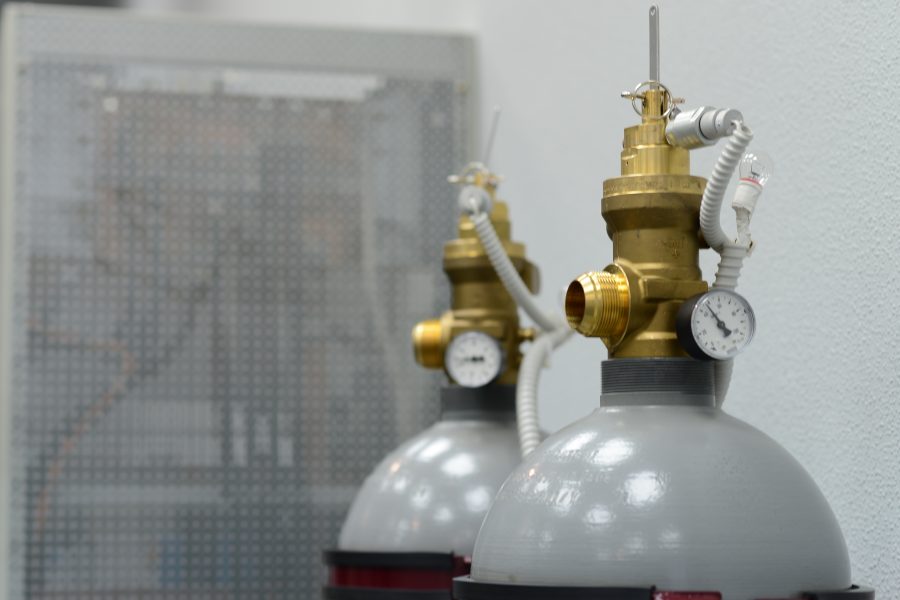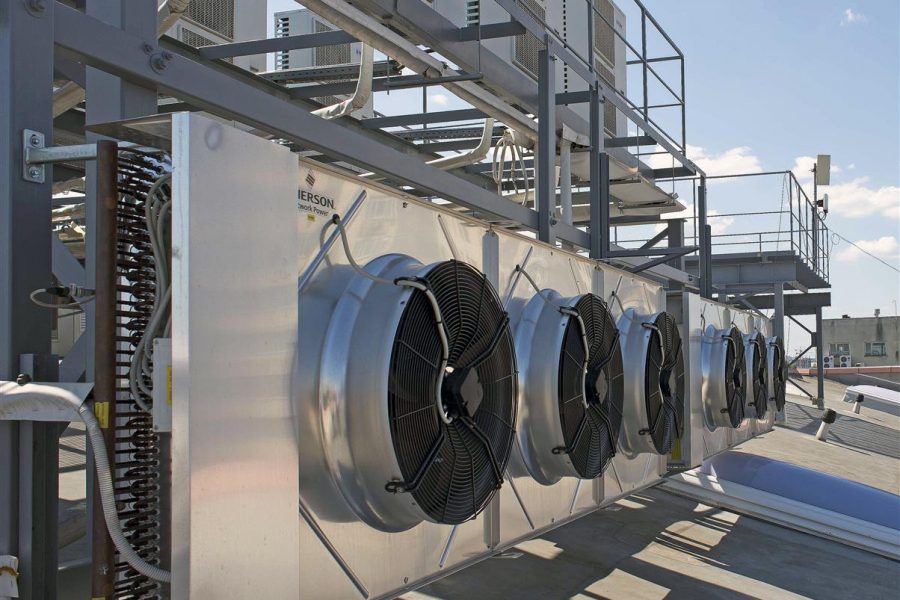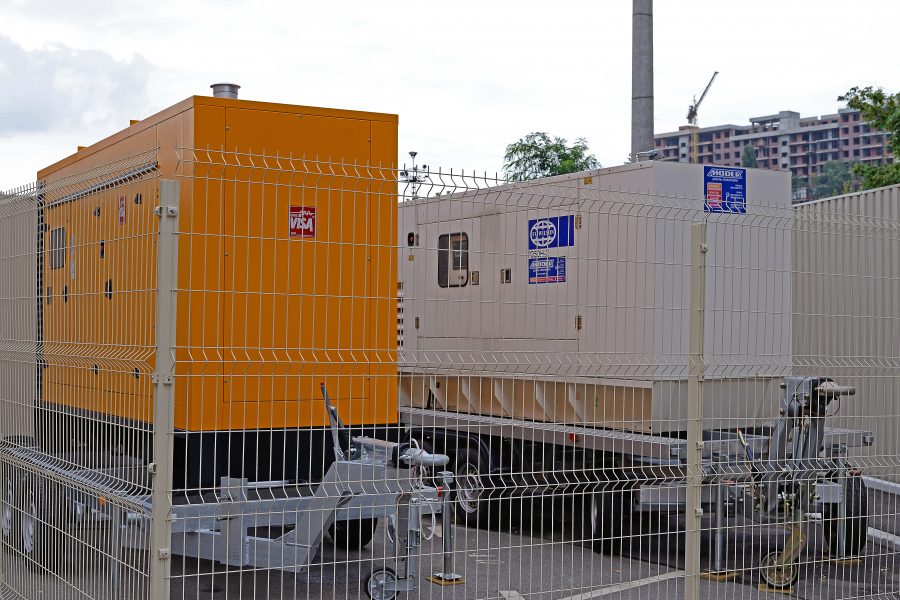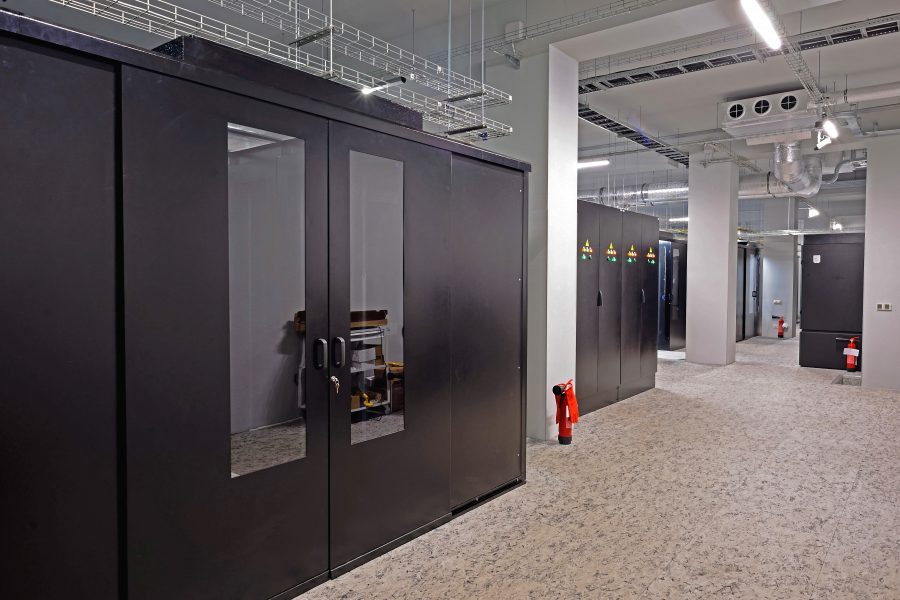LONDON — The word “fragmented” is often used when people talk about the adoption of the internet of things (IoT), despite estimates of around 7 billion active IoT connections in 2018. That’s probably because of the proliferation of technologies and the lack of standardization and wider ecosystems to support them across multiple vendors.
As the various network technologies jostle for position, analog and mixed-signal semiconductor firm Semtech this week announced growth in demand for its LoRa devices with the cumulative deployment of approximately 80 million LoRa-enabled end nodes at the end of 2018, a 60% year-over-year increase. Semtech expects to ship hundreds of thousands of LoRa-based gateways, too, by early 2019.
Semtech’s disclosure comes hot on the heels of the recent LoRa Alliance announcement of 100 networks now operating around the world. The LoRa Alliance reports that the number of end-devices connected to LoRaWAN-based networks is increasing rapidly and has a growing ecosystem. In particular, the Asia-Pacific region experienced 30% growth in 2018 while Europe saw 50% growth.
“The rapid and global growth of the LoRaWAN-based ecosystem presents an incredible opportunity as we continue to address the diverse connectivity needs of smart buildings, smart metering, smart agriculture, smart cities, smart supply chain logistics, and beyond,” said Alistair Fulton, vice president and general manager of Semtech’s wireless and sensing products group.
In a report issued last September, research firm IoT Analytics said as active global IoT connections grow from 7 billion in 2018 to 22 billion in 2025, low power wide area networks (LPWAN) are expected to be a key growth driver. These technologies provide low-power, low data-rate communication over long distances or from deep indoor environments, enabling battery-operated devices to operate for up to 10 years without any human intervention.
While market fragmentation remains high, NB-IoT, LoRa and Sigfox are emerging as the most popular LPWAN technologies both in terms of end-user adoption as well as ecosystem support, with the first two forecast to be the dominant technologies over the forecasted period in public network and private network deployments, respectively.
The research firm said the majority of LoRaWAN public networks are built and managed by small non-cellular operators and have a limited geographical footprint (often on a city-wide or regional scale). Some of these operators are new companies that were formed specifically to be a LoRaWAN operator, but there are also many players coming from other IoT or telecom related businesses, such as wired broadband internet and telephony providers, radio and television broadcasters, as well as providers of various other telecommunication services and IoT end-to-end solutions. LoRa operator examples include ZTE, Tata Communications, Orange, and KPN. Overall, the range of LoRaWAN operators is the most heterogeneous when compared to other LPWAN technologies.
Low power operation is often cited as one of the reasons LPWAN technologies are being adopted in the field for applications where the nodes may need to operate for periods of five to 10 years or more.
However, the Things Network, sponsor of the Things Conference taking place in Amsterdam this week, said that’s not quite true. Technologies such as LoRa are not particularly low power, it’s merely the act of putting devices in deep sleep for over 99.9% of the time that significantly impacts the battery life.
Using Microchip as an example, its LoRaWAN module (RN2483 or RN2903) consumes 1.6 μA in deep sleep mode, whilst when sending, the power consumption increases over 24,000 times to 38.9mA. With its latest LoRa chip (SAM R34/R35), Microchip manages to bring the power consumption down to 790nA.


